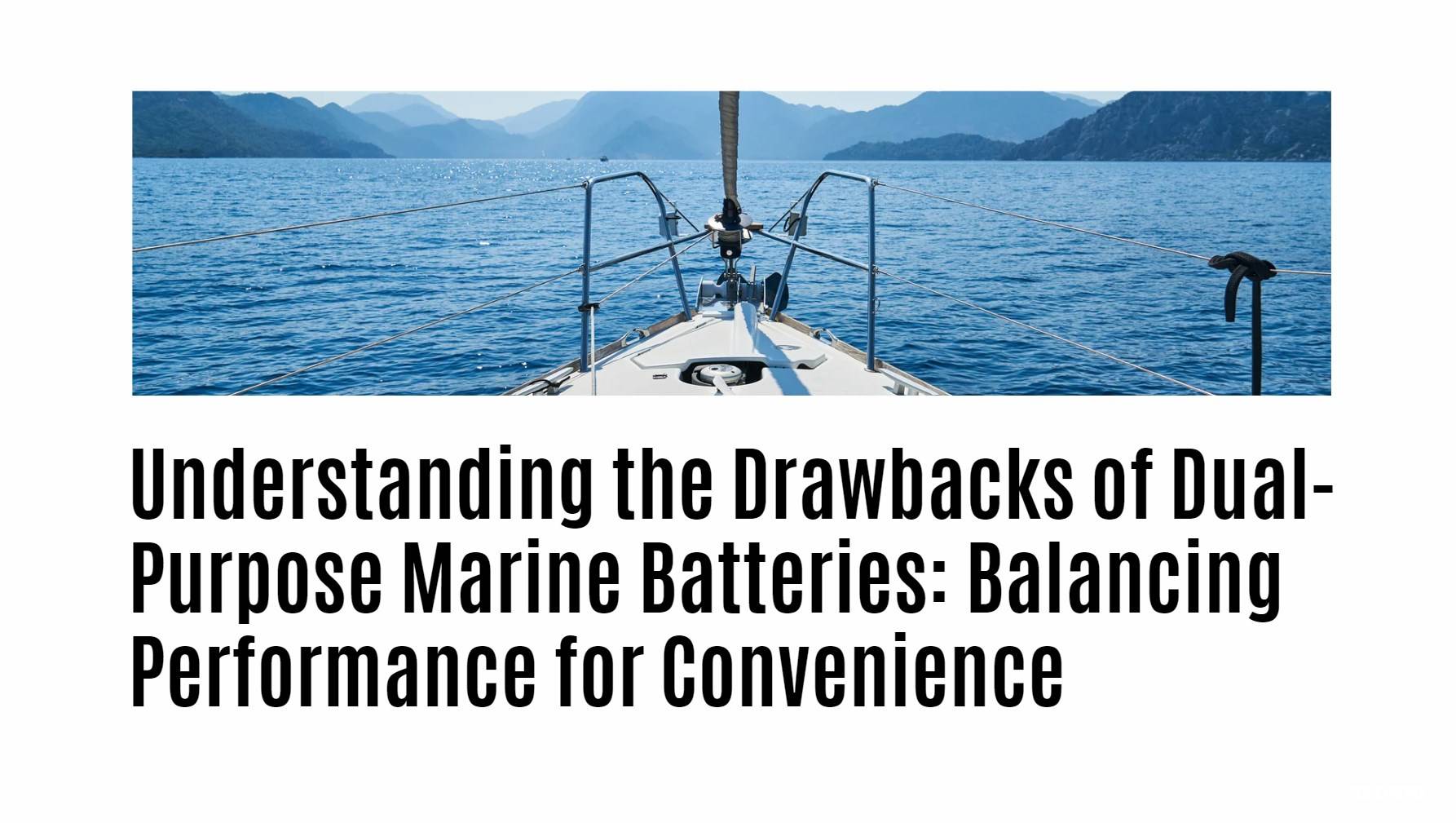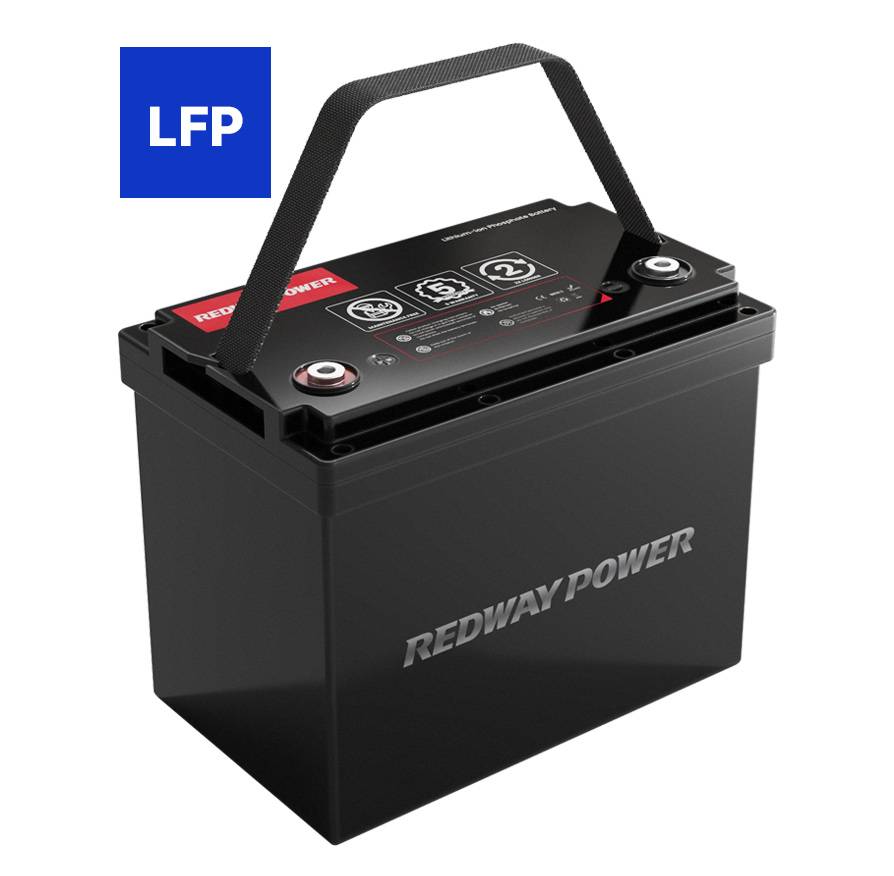- Rack-mounted Lithium Battery
- Golf Cart Lithium Battery
-
Golf Cart Lithium Battery
- 36V 50Ah (for Golf Carts)
- 36V 80Ah (for Golf Carts)
- 36V 100Ah (for Golf Carts)
- 48V 50Ah (for Golf Carts)
- 48V 100Ah (Discharge 100A for Golf Carts)
- 48V 100Ah (Discharge 150A for Golf Carts)
- 48V 100Ah (Discharge 200A for Golf Carts)
- 48V 120Ah (for Golf Carts)
- 48V 150Ah (for Golf Carts)
- 48V 160Ah (Discharge 100A for Golf Carts)
- 48V 160Ah (Discharge 160A for Golf Carts)
-
Golf Cart Lithium Battery
- Forklift Lithium Battery
- 12V Lithium Battery
- 24V Lithium Battery
- 36V Lithium Battery
- 48V Lithium Battery
-
48V LiFePO4 Battery
- 48V 50Ah
- 48V 50Ah (for Golf Carts)
- 48V 60Ah (8D)
- 48V 100Ah (8D)
- 48V 100Ah
- 48V 100Ah (Discharge 100A for Golf Carts)
- 48V 100Ah (Discharge 150A for Golf Carts)
- 48V 100Ah (Discharge 200A for Golf Carts)
- 48V 150Ah (for Golf Carts)
- 48V 160Ah (Discharge 100A for Golf Carts)
- 48V 160Ah (Discharge 160A for Golf Carts)
-
48V LiFePO4 Battery
- 60V Lithium Battery
-
60V LiFePO4 Battery
- 60V 20Ah
- 60V 30Ah
- 60V 50Ah
- 60V 50Ah (Small Size / Side Terminal)
- 60V 100Ah (for Electric Motocycle, Electric Scooter, LSV, AGV)
- 60V 100Ah (for Forklift, AGV, Electric Scooter, Sweeper)
- 60V 150Ah (E-Motocycle / E-Scooter / E-Tricycle / Tour LSV)
- 60V 200Ah (for Forklift, AGV, Electric Scooter, Sweeper)
-
60V LiFePO4 Battery
- 72V~96V Lithium Battery
- E-Bike Battery
- All-in-One Home-ESS
- Wall-mount Battery ESS
-
Home-ESS Lithium Battery PowerWall
- 24V 100Ah 2.4kWh PW24100-S PowerWall
- 48V 50Ah 2.4kWh PW4850-S PowerWall
- 48V 50Ah 2.56kWh PW5150-S PowerWall
- 48V 100Ah 5.12kWh PW51100-F PowerWall (IP65)
- 48V 100Ah 5.12kWh PW51100-S PowerWall
- 48V 100Ah 5.12kWh PW51100-H PowerWall
- 48V 200Ah 10kWh PW51200-H PowerWall
- 48V 300Ah 15kWh PW51300-H PowerWall
PowerWall 51.2V 100Ah LiFePO4 Lithium Battery
Highly popular in Asia and Eastern Europe.
CE Certification | Home-ESS -
Home-ESS Lithium Battery PowerWall
- Portable Power Stations
Understanding the Drawbacks of Dual-Purpose Marine Batteries: Balancing Performance for Convenience

Dual-purpose marine batteries stand out as a versatile solution for boaters looking to streamline their onboard power needs. By combining both starting and deep cycling functionalities into a single unit, these batteries offer convenience without compromising on essential performance aspects. However, understanding the nuanced drawbacks and benefits is crucial to making informed decisions when selecting the optimal battery for your boating activities.
Understanding Dual-Purpose Marine Batteries
Dual-purpose marine batteries are engineered to fulfill dual roles: starting your boat’s engine and powering onboard electronics during extended periods on the water. This hybrid functionality addresses the space and weight constraints often present in marine environments, where maximizing utility from limited battery capacity is paramount.
Balancing Performance: Exploring the Pros and Cons
Advantages of Dual-Purpose Batteries
- Versatility: They excel in applications where both cranking power and deep cycling capability are required, offering a unified solution for diverse boating needs.
- Space Efficiency: By consolidating functions into a single unit, dual-purpose batteries optimize onboard space, ideal for vessels with limited storage capacity.
- Cost-Effectiveness: Compared to maintaining separate batteries for starting and deep cycling, dual-purpose batteries offer a more economical solution.
Drawbacks to Consider
- Performance Trade-Offs: While proficient at both tasks, dual-purpose batteries may not match the specialized performance of dedicated cranking or deep cycle batteries.
- Cranking Power: In scenarios demanding high cranking amps, such as starting larger engines or in extreme weather conditions, dedicated starting batteries may outperform dual-purpose models.
- Deep Cycling Limitations: Applications requiring sustained power over prolonged periods might benefit from the superior deep cycling endurance of dedicated deep cycle batteries.
Key Considerations for Boating Enthusiasts
When evaluating whether dual-purpose marine batteries are suitable for your vessel, several factors merit careful consideration:
1. Engine Size and Power Requirements
For boaters with larger engines or significant power demands, assessing the cranking performance of dual-purpose batteries is critical. High-performance engines may necessitate the robust starting power provided by dedicated starting batteries to ensure reliable ignition.
2. Usage Patterns and Power Consumption
Understanding your vessel’s typical power consumption patterns is essential. If your boating activities involve frequent anchoring, extensive use of electronics, or prolonged periods away from shore power, opting for batteries with robust deep cycling capabilities becomes pivotal to sustaining onboard operations.
3. Maintenance Regimen
Dual-purpose batteries, while convenient, may require more frequent maintenance compared to their specialized counterparts. Adhering strictly to manufacturer guidelines regarding charging, discharging, and storage is crucial to prolonging battery life and maintaining optimal performance throughout its lifespan.
4. Space and Weight Constraints
The compact design of dual-purpose batteries appeals to boaters navigating spatial limitations onboard. By reducing overall battery weight and footprint, these units contribute to enhanced vessel maneuverability without compromising operational efficiency.
FAQ: Addressing Common Queries
Can I Use Dual-Purpose Marine Batteries Beyond Boating?
Dual-purpose marine batteries, designed with marine-specific considerations in mind, may find application in select off-grid power systems and similar contexts requiring combined starting and deep cycling capabilities. However, compatibility with specific power requirements should always be verified with manufacturers or industry experts.
How Do Dual-Purpose Batteries Compare to Specialized Alternatives?
While dual-purpose batteries provide a versatile solution, discerning boaters may opt for dedicated starting or deep cycle batteries for superior performance in respective tasks. Tailoring battery selection to match the unique demands of your boating regimen ensures optimized functionality and longevity.
What is the Lifespan of Dual-Purpose Marine Batteries?
The longevity of dual-purpose marine batteries hinges on various factors, including usage frequency, maintenance adherence, and environmental conditions. With proper care, these batteries can reliably serve for several years, offering sustained performance across diverse boating scenarios.
Can Different Battery Types Be Mixed?
To maintain optimal battery performance and longevity, it’s advisable to avoid mixing disparate battery types within the same bank or circuit. Cohesiveness in battery type and capacity optimizes charging efficiency and safeguards against potential operational discrepancies.
Conclusion
Dual-purpose marine batteries represent a pragmatic compromise between versatility and specialized performance in marine applications. By weighing the inherent trade-offs and aligning battery selection with specific boating demands, enthusiasts empower themselves to make informed choices conducive to seamless onboard experiences.















